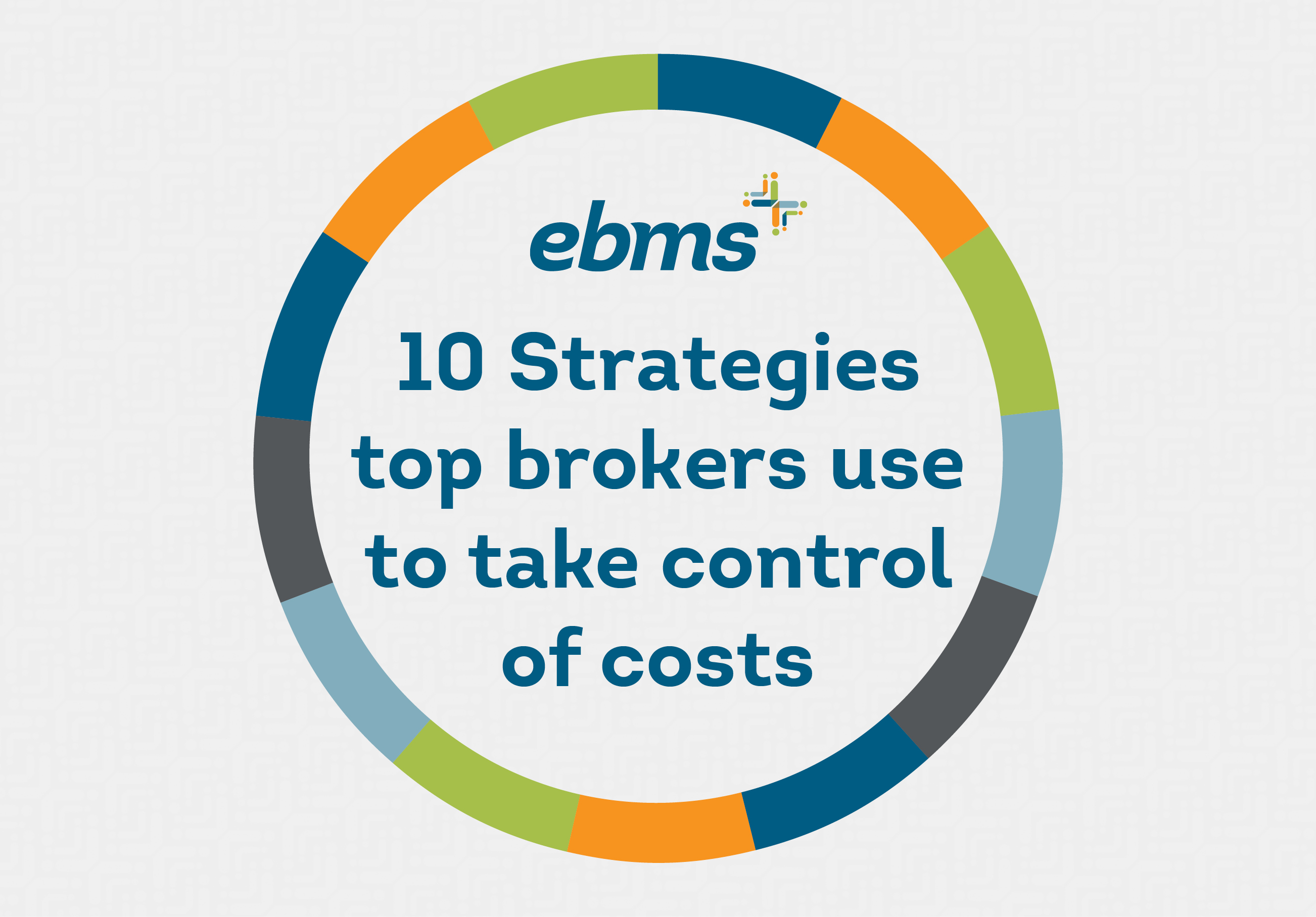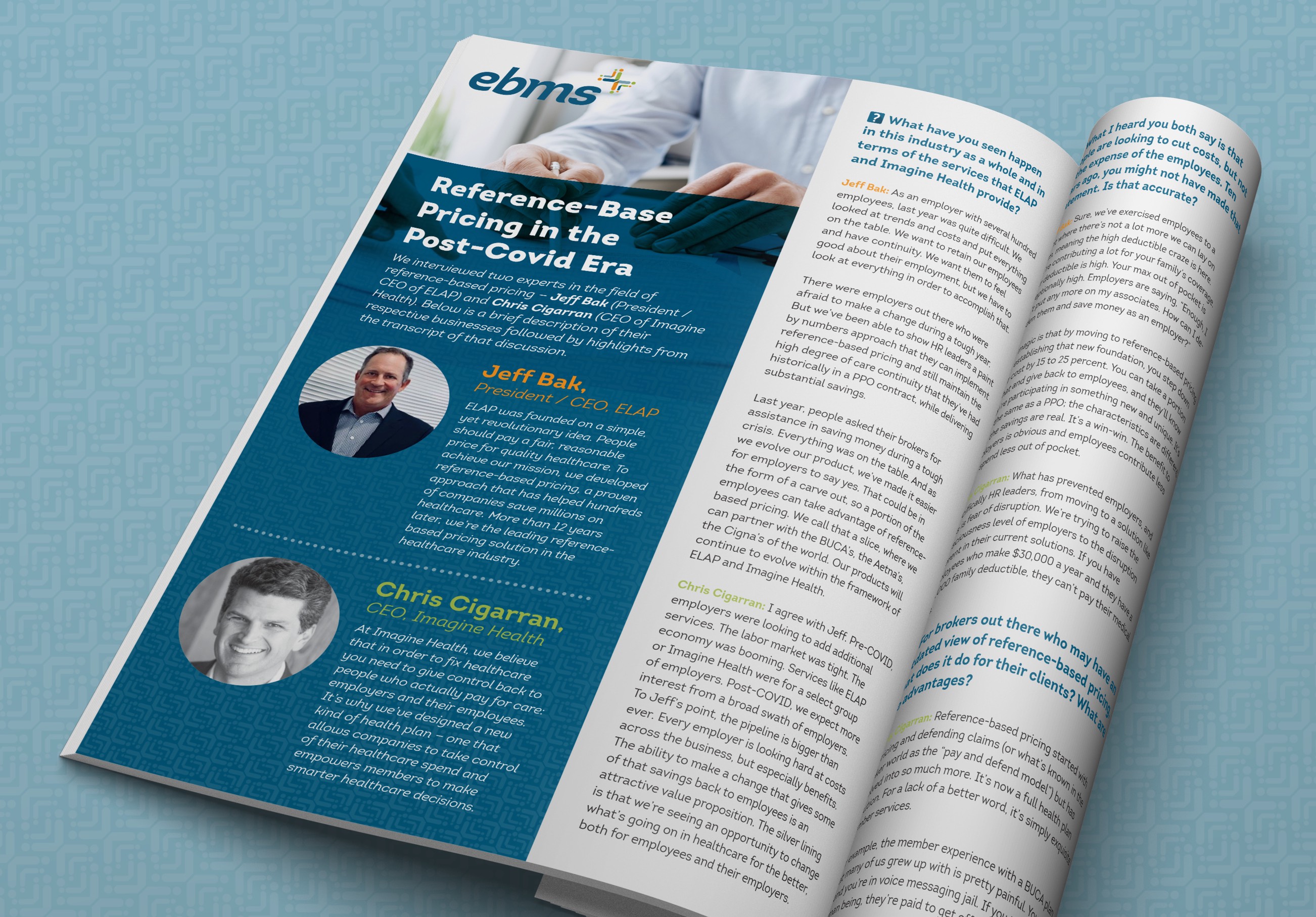How to incentivize your plan members to be better healthcare consumers – and save a bundle
December 12th, 2019
By James Vertino, Chief Executive Officer
The idea seemed logical at first – shift a greater amount of healthcare costs to consumers so they’ll “have more skin in the game” and make more careful choices.
So why hasn’t this strategy reduced healthcare spending?
The answer is simple: The average person can not quickly acquire and absorb specialized medical knowledge.
Think about it. Are you prepared to understand complex treatment options even in the best of times? What about when you’re facing a devastating illness?
Consumer research tells us that significant numbers of consumers need more guidance when it comes to navigating the complexities of our healthcare system. In one , nearly one-third of respondents said they would not know how to proceed if they or a family member were diagnosed with a serious medical condition.
This leads to ineffective use of health benefits, which can run up plan costs faster than anything. It makes sense to help consumers shop for health services, and to incentivize good choices.
The simplest approach is to offer a transparency tool like Healthcare Bluebook, which lets consumers compare the price of common procedures within their area. It also suggests a “fair price” for each procedure or service, based on the rates paid by private insurers. (Healthcare Bluebook is a subscription service.)
Common, non-emergent surgeries like joint replacements are notorious for wide variations in price between facilities and between geographic locations. Want to guide your members toward higher value care? Then give them resources. Implement programs that do the research for them.
For example, a surgical concierge service can present your plan members with cost and quality data for multiple providers. Often, they’ll see that nearest hospital is not the best choice, and they can get higher quality care at a lower cost by going to an outpatient surgical center a little farther away. Then, you can even take it a step farther and offer a financial incentive to members who choose the better value.
The idea is to ease the burden of comparison shopping for consumers. And make no mistake, it is a heavy burden for most people. When plan design supports plan members with specialized resources, they still have skin in the game – but are more informed and more confident.




